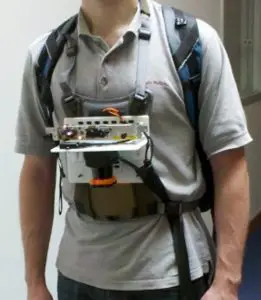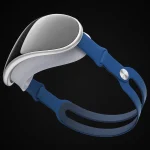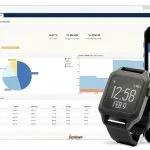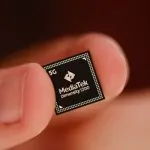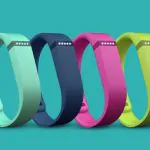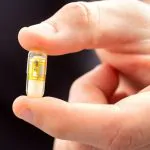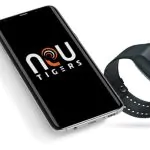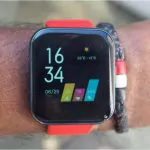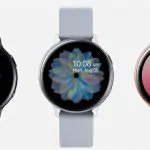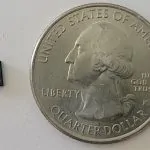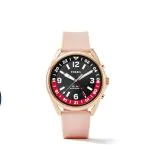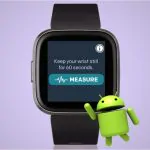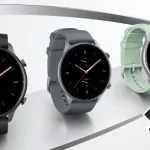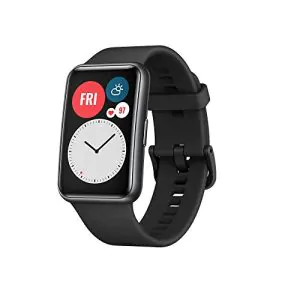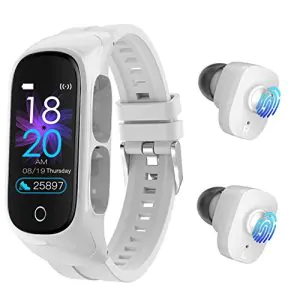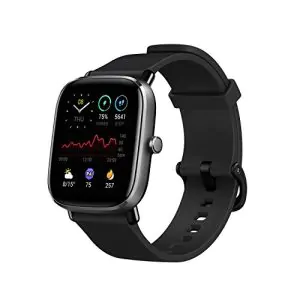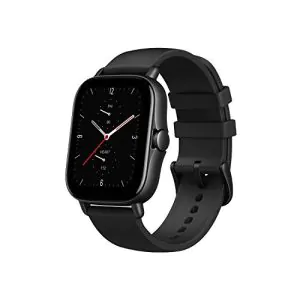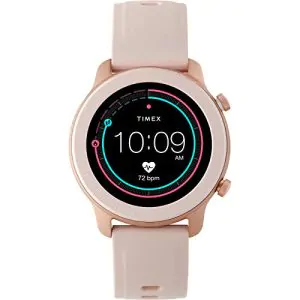
We’re all getting used to using our smartphones or smartwatches for their GPSÂ capabilities, and they often do a great job of guiding us to our destination. But what about maps of places that haven’t been mapped out yet? That’s where this device comes in, made from a team of scientists at MIT led by Maurice Fallon.
The aim of the device is to help people create maps without having to actively think about creating maps. All the have to do is go explore the environment and this device maps it out for them.
To do this, the device uses a number of sensors, including gyroscopes, accelerometers, and even a Microsoft Kinect camera. The device also uses a light detection and ranging device, or LIDAR for short.
The way that the device works is that the LIDAR sends out laser beams in an arc in front of the wearer of the device. These beams can detect the distance of objects such as walls by calculating how long it takes for the beams to return to the sensor.
The device had to be calibrated for humans to wear it. A number of mapping robots have come out, but they often go on wheels, and don’t bounce when they move like humans do. That’s where the gyroscopes and accelerometers come in. They can detect when a human is moving, and the angles that a human might make as they move, and the use of these technologies eliminates that as a problem for the mapping device.
Another possible problem for humans is that they might explore the same place twice. This isn’t an issue though, as the device can detect when it goes through the same place twice. If data overlaps, it then takes this into account, and puts it all together in a smooth blueprint.
The mapper also includes a button that the wearer of the device can press if they move into an important location, or one that they would like to remember. Also, the device can continuously send data to a remote computer, which could be handy for monitoring in situations like in an emergency.
Eventually, the goal of the team behind the device is to have a mapper the size of a miners lamp. While right now the device is a little bulky, this could one day become a reality.
